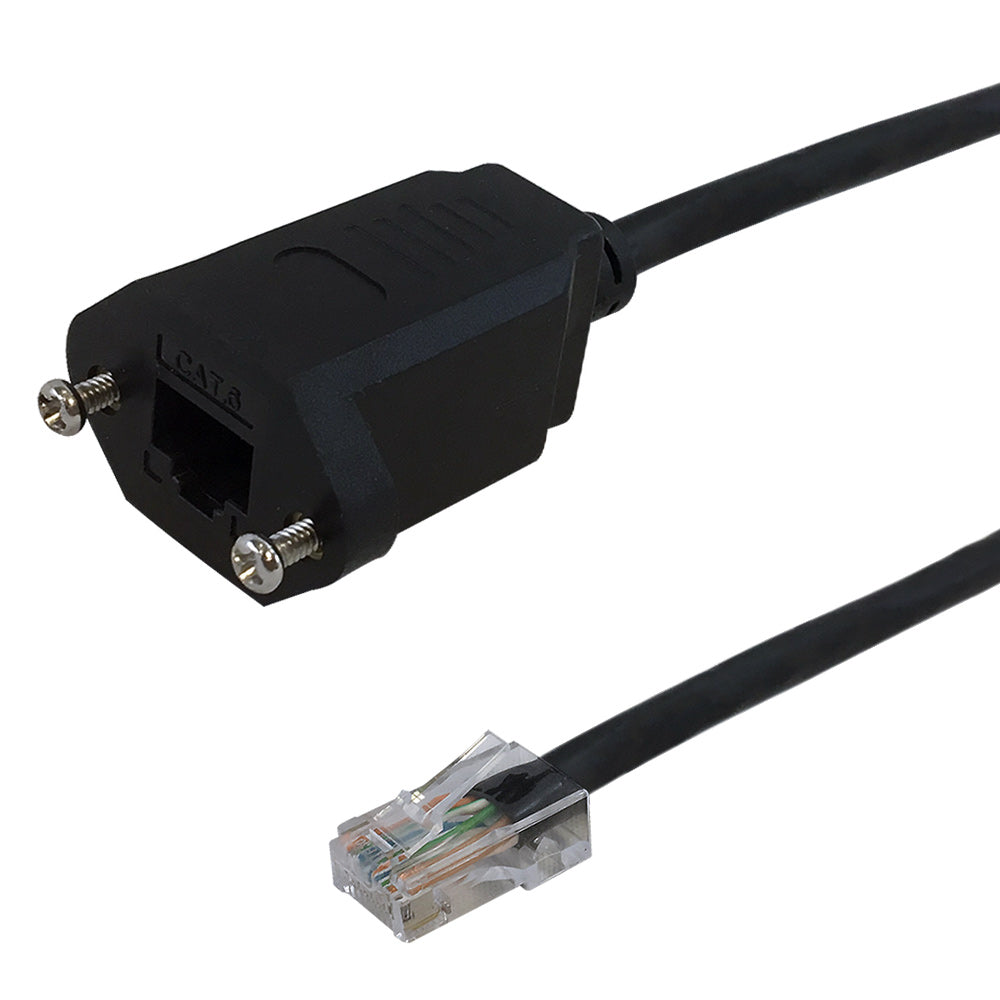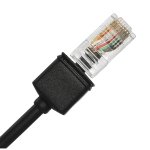Tiktaalik
Supporting Sponsor
I bought a Kenwood TM-D710GA and need to extend the RJ-45 cables for the mic and operation panel going to the TX/RX unit.
I want to get this extension:

 www.infinitecables.com
www.infinitecables.com
but I read somewhere that you’ll get interference if you don’t use Kenwood specific RJ-45 cables.
Is this true? Has anyone extended the mic and control panel cables successfully using generic RJ-45 cables without interference?
I want to get this extension:

RJ45 CAT6 UTP Male to Panel Mount Female Cable FT4/CMR
This Cat6 Ethernet cable consists of a RJ45 male on one end and a RJ45 female on the other. It is typically used to extend an Ethernet networking cable. The female end has panel mount ears in the instance that the cable needs to be secured to a wall plate or panel. It can be mounted in one of...
 www.infinitecables.com
www.infinitecables.com
but I read somewhere that you’ll get interference if you don’t use Kenwood specific RJ-45 cables.
Is this true? Has anyone extended the mic and control panel cables successfully using generic RJ-45 cables without interference?

